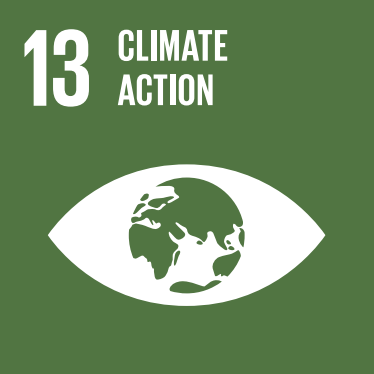Ensuring Clean Air: Lenovo’s Commitment to Minimizing Other Air Emissions and Climate Risk Management

Originally published in Lenovo's 2023/24 ESG Report
Other air emissions
Lenovo’s baseline environmental engineering specification prohibits the use of ozone-depleting substances in its products and manufacturing processes except in HVAC and fire-suppression equipment as permitted by law which are managed in accordance with local regulations, and intentional releases are prohibited. Lenovo’s EMS requires the release of chemical substances to be reported as an environmental incident, including unintentional releases. During FY 2023/24, there were no reported incidents of refrigerant releases. Lenovo’s operational processes do not have significant (as defined by Lenovo’s SEA process) direct air emissions such as nitrogen oxides (NOx), sulfur oxides (SOx), and particulate matter (PM). In addition, Lenovo has no wet chemical or industrial processes that use volatile organic compounds (VOC) and thus has no point sources of VOC. Household and cleaning products that contain small quantities of VOC are used at some of its facilities but associated fugitive emissions are minimal and are not quantified.
Climate change risks and opportunities and management
The significant risks and opportunities associated with climate change are identified and evaluated as part of two main processes within Lenovo’s business management systems. These include its Group Risk Management and Control (GRMC) process and its annual significant environmental aspect evaluation.
These two processes are connected, meaning that if climate change risks are identified in the global risk registration, they are considered in the environmental aspects’ analysis – and vice versa.
- Lenovo’s formal risk management process covers all areas of Lenovo’s strategic, operational, financial, legal, regulatory and compliance risks, among which include the risk of natural catastrophes to the security of people and operational efficiencies, such as supply chain disruptions and the risk of non-compliance with ESG requirements or regulations. Each major business unit and function is required to identify risks and assess their impacts on Lenovo’s strategy execution, then develop mitigation plans for select identified risks. This process is managed by Lenovo’s Group Risk Management and Control (GRMC) team.
- Energy consumption, the associated GHG emissions, and net-zero targets are identified as significant environmental aspects and impacts for Lenovo. As such, associated risks and opportunities are evaluated and prioritized annually based on its significant aspect methodology in accordance with the requirements of Lenovo’s EMS. Per these requirements, climate change is evaluated relative to its actual and potential influence on the environment and the business. This process is managed by Lenovo’s Global ESG team. The results of this evaluation are considered in the ERM process described above.
Lenovo’s climate risk assessment in FY 2023/24 also included climate scenario analysis to explore how physical and transition risks and opportunities of climate change can impact its business. The climate scenario analysis indicates that climate risks may result in negative impacts to Lenovo, however, the impact of opportunities under 1.5º C scenario is positive and much higher if Lenovo is proactive in exploring climate-related opportunities, including new products such as sustainability services offered to customers. Therefore, Lenovo has committed to reduce 90% of full scope emissions to keep global warming potential within 1.5º C and continues to broaden its product offerings in sustainability services and other areas.
Its ESG materiality assessment identifies energy and emissions as material topics that it should prioritize and focus on in its environmental programs. In support of UN Sustainable Development Goal (SDG) 13 – Climate Action, one of Lenovo’s ESG pillars includes a climate action goal. More details about Lenovo’s materiality assessment and how its goals align with the SDGs are available in Section 2.0.
For more information about Lenovo’s identification and assessment of climate-related risks and opportunities, metrics, and actions to address climate change, please read Lenovo’s responses to the most recent CDP Climate questionnaire.
In 2023, Lenovo scored an A– “Leadership Level” on CDP’s Climate Change questionnaire which reflects its performance toward environmental stewardship through climate change mitigation practices in its operations and supply chain.

